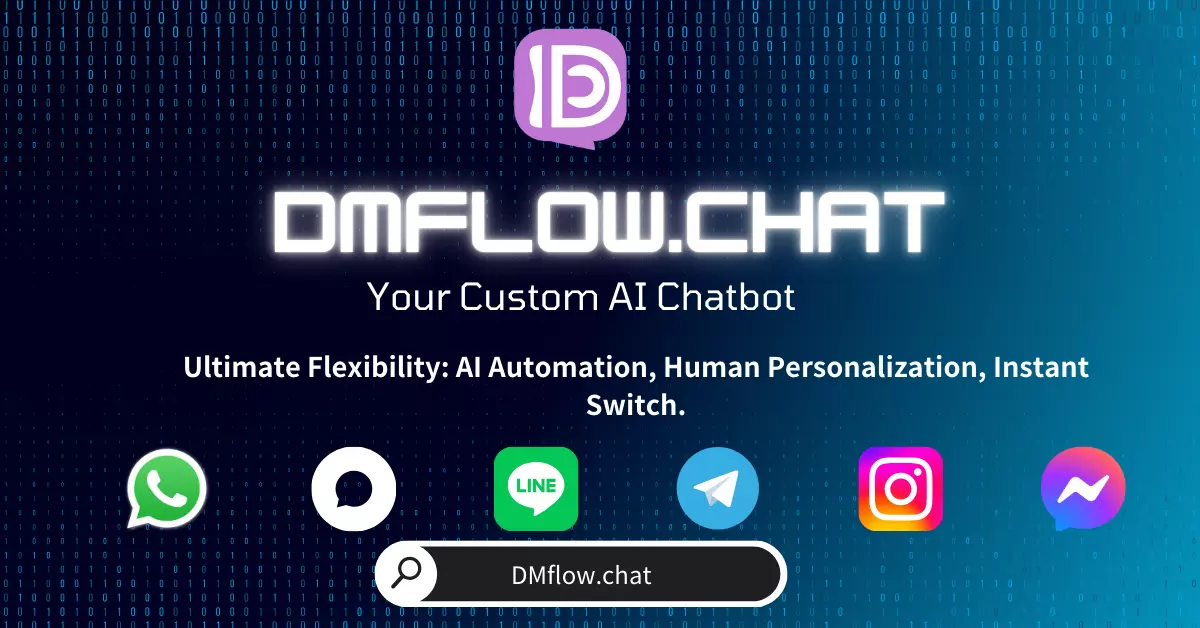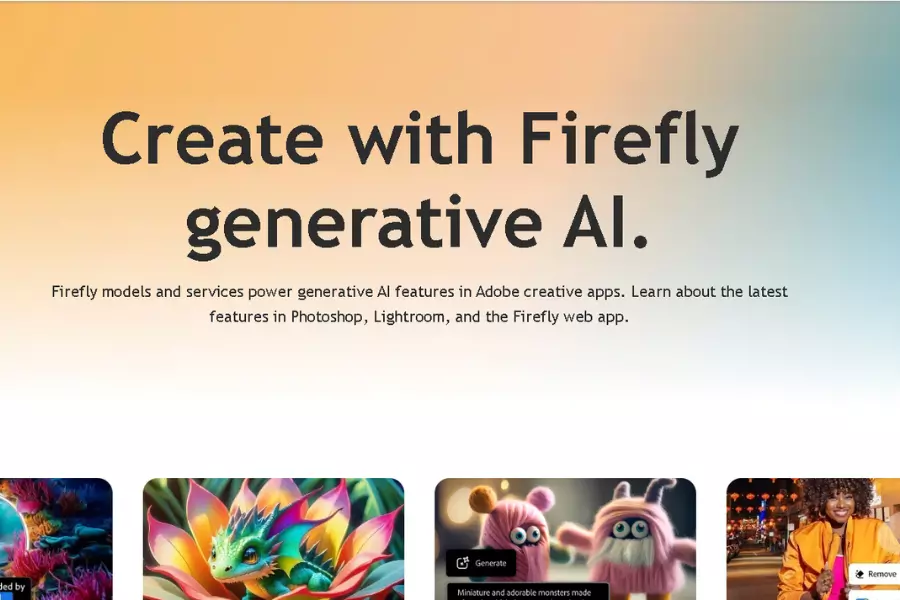Google Drops a 69-Page Prompt Engineering Bible! The Secret to Unlocking AI’s Full Potential
Big news in the AI world! Google just released a comprehensive 69-page white paper on Prompt Engineering — a true treasure trove for developers and AI enthusiasts alike. This document breaks down how to effectively “communicate” with large language models (LLMs), helping them better understand your intentions and produce more accurate, useful content. Want to make AI more obedient? Here’s a quick guide to Google’s top prompt engineering strategies!
Google just made a bold move by publishing a 69-page white paper focused entirely on the rapidly growing field of Prompt Engineering. And this isn’t just any report — it systematically organizes the key concepts and expert-level best practices in the domain.
Whether you’re a seasoned developer, a researcher, or simply an AI-curious tinkerer, this guide is packed with value. Its goal is clear: teach people how to optimize their interactions with large language models (like ChatGPT or Gemini) to improve the quality and accuracy of their outputs.
Let’s be honest — interacting with AI sometimes feels like talking to a super smart but slightly “temperamental” kid. Use the right approach, and it gives you gold. Use the wrong one, and… not so much.
You can find the full white paper here: Google Prompt Engineering White Paper on Kaggle
Prompt Engineering: More Than Just Giving Commands — It’s the Art of Talking to AI
So, what is prompt engineering exactly? In simple terms, it’s the bridge between humans and AI. The “prompt” you give — your instruction or question — directly affects how well the AI responds.
Think about it: if your question is vague, the AI’s answer will probably be vague too, right?
The white paper emphasizes that well-crafted prompts can guide AI to perform a wide range of tasks, from simple Q&A to complex reasoning. It also delves into the evolution of prompt engineering and its growing importance in the field of Natural Language Processing (NLP).
Whether you’re applying AI to your business or building personal side projects, mastering prompt engineering can seriously upgrade your AI’s performance — like suddenly learning how to speak an alien’s native tongue!
A Variety of Prompting Techniques — There’s One for Everyone
The white paper isn’t just theory. It breaks down a wide array of prompting techniques — essentially sharing all the best-kept secrets. Here are the main ones:
- Zero-Shot Prompting: The simplest approach. You give the AI a direct instruction without any examples. Perfect for tasks the AI is already familiar with, like “What’s the capital of France?”
- One-Shot Prompting: A step up. You include one example to help guide the AI’s response style or structure.
- Few-Shot Prompting: You provide multiple examples. The more examples you give, the better the AI usually performs. But don’t overdo it — too many can make the prompt too long or confusing.
- Chain-of-Thought (CoT) Prompting: This one’s awesome! Great for reasoning-heavy tasks. Instead of just giving an answer, the AI shows its step-by-step thought process — like how we solve math problems.
- ReAct Prompting (Reasoning + Action): This is advanced stuff. The AI doesn’t just think; it acts — like searching external sources or using tools — then integrates those results into its final answer. Ideal for complex, research-heavy tasks.
- Code Prompting: As the name suggests, this involves coding prompts. You can get the AI to generate, interpret, or respond in code or code-like structured formats.
The paper includes tons of case studies to show when and how to choose the right prompting strategy. After all, you don’t use a sledgehammer to crack a nut — right tool, right job.
Writing Better Prompts? Google Shares Some “Best Practices”
Knowing the techniques isn’t enough — writing a good prompt is the real key. Google outlines a set of best practices in the white paper, stressing that prompts should be clear, concise, and well-structured. Sounds simple, but the devil’s in the details.
Here are the top tips:
- Clearly define the task: What exactly do you want the AI to do? Summarize, translate, answer, or generate a story? The clearer the goal, the better the response.
- Provide context: Don’t assume the AI knows everything. If your task depends on specific background info, include it in the prompt — just like briefing a teammate.
- Specify output format: Do you want bullet points, a paragraph, JSON, or even a poem? Be explicit to avoid unnecessary revisions.
- Test and iterate: Rarely does the perfect prompt happen on the first try. Google encourages continuous testing and tweaking — like fine-tuning a recipe to get the flavor just right.
- Break down complex tasks: If something’s too complicated, the AI can get overwhelmed. Break it into steps using multi-turn prompting to guide it smoothly through each part.
Master these principles and you’ve basically got the AI equivalent of a user manual — one that significantly reduces the chance of getting weird or irrelevant answers.
More Than Just a Paper: The Impact and Future of Prompt Engineering
Google’s white paper isn’t just a technical document — it’s a landmark moment for the prompt engineering field. It sets a new standard and helps democratize and formalize AI interactions.
As LLMs find their way into industries from customer service to marketing, education, and software development, the value of prompt engineering will only grow. This paper is likely to inspire a wave of developers to explore more efficient ways to interact with AI, fueling innovation.
Looking ahead, prompt engineering might become even more automated. Imagine an AI that writes optimized prompts for you — or standardized prompt formats that work across different models. These trends could make AI more accessible and reduce the skill barrier for newcomers.
In short, prompt engineering is the key to unlocking AI’s true power. Learn it well, and you’ll be able to harness these smart models like never before. What are you waiting for? Go check out Google’s white paper and start your prompt engineering journey now!
How to Start Learning Fast
Head over to notebooklm and upload the file to get started.





